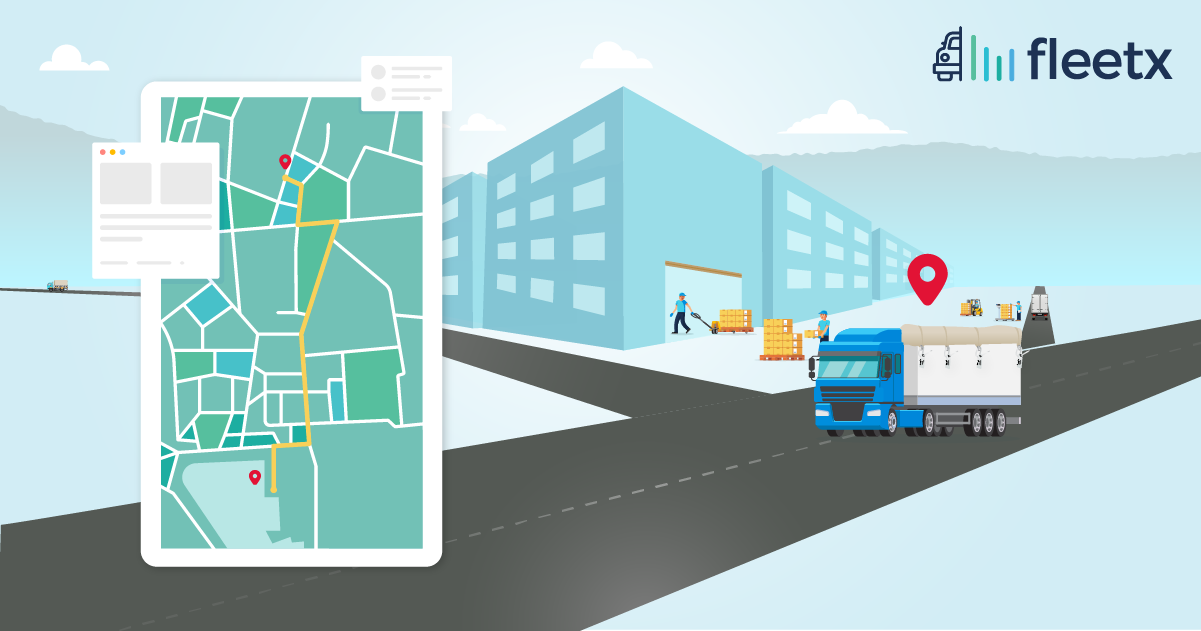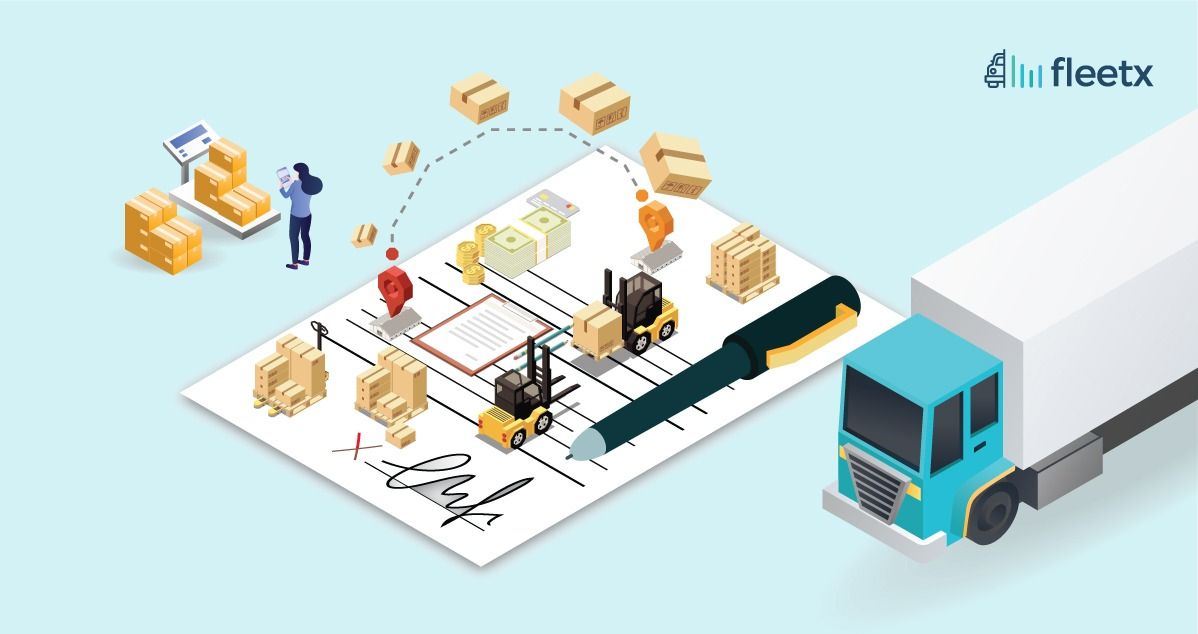
With the growth of the e-commerce sector in India, the demand for efficient warehouse management has increased as it plays a crucial role in order delivery times and customer satisfaction. With efficient warehouse management, companies can improve their order fulfillment processes, reduce delivery times, and increase customer satisfaction by implementing advanced dispatch planning processes, which can help them gain a competitive edge and improve their market position.
Additionally , effective dispatch management can help companies optimize the utilization of vehicles, drivers, and other resources, reducing idle time and improving efficiency. In today's fast-paced and highly competitive business environment, it is essential to have efficient and effective logistics systems in place. To achieve this, warehouse management helps by ensuring that goods are stored and handled properly, while dispatch planning helps by ensuring that deliveries are made in a timely and cost-effective manner.
What is dispatch planning, and why is it necessary?
Dispatch planning refers to the process of scheduling and coordinating the movement of vehicles, shipments, and goods to meet customer demands in an efficient and cost-effective manner. Planning the dispatch overall is necessary in the transportation business to ensure efficient utilization of resources, including vehicles, drivers, and delivery schedules. It helps to optimize routes, minimize empty miles, and reduce costs. Dispatch planning also helps to ensure timely delivery of goods, which can improve customer satisfaction and increase repeat business. Additionally, effective dispatch planning can improve safety by reducing the number of hours a driver spends on the road and promoting compliance with regulations.
Ensuring that inventory is accurately tracked and orders are fulfilled efficiently. Effective dispatch planning can help to:
- Reduce congestion and improve flow within the warehouse, as well as minimize the need for manual handling of goods.
- Ensure that inventory levels are accurately maintained, reducing the risk of stockouts or overstocking.
- Improve order fulfillment times, leading to increased customer satisfaction and improved order accuracy.
- Optimize labor utilization, as workers are able to perform their tasks more efficiently when dispatch planning is in place.
- Improve safety by reducing the risk of accidents, such as collisions between forklifts and other vehicles, and by providing clear guidelines for the safe handling of goods.
Route planning and load optimization are two crucial components that must be optimized in order to achieve an effective dispatch planning. But what are Route and Load Optimization?
Dispatching planning typically involves route and load optimization. Route optimization is an important part of dispatch planning, as it involves finding the most efficient and cost-effective route for deliveries, taking into account factors such as distance, time, fuel consumption, and road conditions. It involves determining the best route, considering factors such as distance, road conditions, traffic patterns, and delivery time windows. Additionally it involves using real-time traffic data and GPS technology to make real-time adjustments to the route to avoid congestion and delays.
On the other hand, load optimization involves determining the most efficient way to load vehicles with the required goods and services, ensuring that vehicles are loaded safely and within regulations, and making deliveries in the most efficient manner possible. It is the process of maximizing the utilization of a vehicle's capacity, ensuring that it carries the most amount of goods possible without exceeding its weight limit or causing damage to the goods. This can be achieved by carefully packing the goods and optimizing the arrangement of the load, reducing the overall number of trips, and reducing fuel costs.
Together, route and load optimization help to minimize the cost of transportation while ensuring that deliveries are made on time and in good condition. By using advanced software and algorithms, companies can optimize their dispatch planning, reducing the number of miles driven, the amount of fuel consumed, and the carbon footprint of their transportation operations. This leads to a more efficient, cost-effective, and environmentally friendly transportation system.
What difference will automation make to dispatch planning, route, and load optimization?
The necessity of automated dispatch planning, route, and load optimization in the transportation industry is driven by several factors:
Increasing demand for efficient operations: With the growing demand for fast and reliable delivery, companies must be able to optimize their operations to remain competitive.
Complex logistics: The transportation industry is characterized by complex logistics, making it difficult to manually plan and optimize routes and loads. Automated systems help address this challenge by providing real-time data, intelligent algorithms, and accurate predictions.
Reduction of operational costs: Automation can lead to significant cost savings by reducing fuel consumption, vehicle maintenance costs, and the need for additional vehicles and drivers.
Improved customer satisfaction: Automated dispatch systems help improve delivery times and reduce the risk of late or missed deliveries, leading to increased customer satisfaction.
Better decision making: Automated systems provide real-time data, analytics, and insights to help decision-makers make informed decisions, resulting in improved efficiency and cost-effectiveness.
Increased safety: Automated dispatch process can improve road safety by reducing driver fatigue and ensuring that vehicles are loaded safely and within regulations.
Automated dispatch planning is needed in industries that require fast and reliable delivery of goods and services, such as retail and e-commerce, manufacturing, food and beverage, health and pharma, construction, energy, utilities, etc. Dispatch planning helps companies optimize their transportation and logistics operations, improve efficiency, and reduce costs.
Conclusion
Given all of that, the majority of transportation and logistics sector companies have considered enhancing customer delivery services, operational efficiencies, and lower operational costs their top priorities. Finding the best automated dispatching system is becoming a key motive as more companies use technological solutions to automate procedures and enhance their warehouse management, dispatch processes and overall supply chain.






